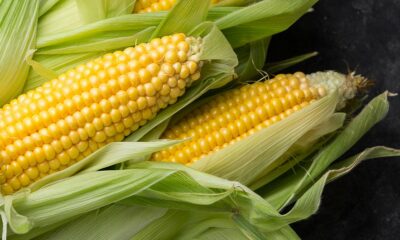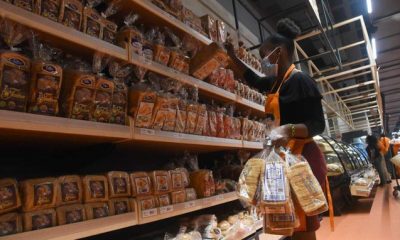Business
South Africa’s Canola Boom: A Model for Unlocking Agricultural Growth Across the Country

South Africa’s agricultural sector has seen its fair share of breakthroughs in recent years—from the rise of fruit exports to the soybean success story. But one crop that’s quietly making headlines is canola, and it might just hold the key to unlocking broader agricultural development across the country.
In the 1998–99 season, South African farmers planted canola commercially on just 17,000 hectares. Fast-forward to the 2024–25 season, and that figure has ballooned to over 165,750 hectares. For the upcoming 2025–26 season, that number is expected to rise slightly to 166,500 hectares.
While modest in year-on-year growth, this expansion reflects a long-term upward trend driven by increased demand for vegetable oils and oilcake, especially in the animal feed and poultry industries. Canola is also now contributing to South Africa’s export portfolio, with recent shipments to markets like Germany and Belgium.
From Wheat to Canola: A Crop Shift Pays Off
The Western Cape’s winter rainfall region, traditionally dominated by wheat and barley, has seen a strategic shift toward canola. The economics make sense—firm demand and competitive pricing are encouraging farmers to make the switch.
If favourable weather holds, and assuming an average yield of 1.89 tonnes per hectare, South Africa could produce over 314,000 tonnes of canola this season—a 9% increase from the last and potentially a record high.
While weather remains the biggest variable, early forecasts indicate promising rainfall in late May, boosting hopes for a strong crop year.
A Lesson in Value Chain Development
Much like the soybean boom—where production has surged from 67,700 tonnes in 1993–94 to over 2.3 million tonnes expected in 2024–25—canola’s growth story underscores what’s possible when value chains align with market needs.
This momentum should serve as a wake-up call to extend support and innovation to underperforming agricultural regions, particularly former homelands, where agricultural activity has been slower to develop.
However, progress in these regions won’t come from planting alone. It requires strong coordination between government and the private sector. That means improving land governance, investing in infrastructure, and deploying resources effectively—guided by existing frameworks like the Agriculture and Agro-processing Master Plan.
This plan, co-developed with industry and social partners, takes a commodity-specific approach to unlock growth potential in different regions. It’s a roadmap already in place—we just need to put it into action.
Beyond Canola: A Country of Two Agricultures
South Africa’s agriculture often feels split in two: one of world-class performance in select regions, and another where potential remains untapped. The rise of canola should not only be celebrated—it should inspire replication in other crops, value chains, and provinces.
Livestock, poultry, and other key sectors could also benefit from targeted investment and support. What’s needed now is the political and institutional will to turn plans into real progress.
South Africa has proven time and again that it can be a leader in global agriculture. The growth in canola production is the latest chapter in that story—a signal that with the right ingredients, many other success stories can follow.
{Source: Mail & Guardian}
Follow Joburg ETC on Facebook, Twitter , TikTok and Instagram
For more News in Johannesburg, visit joburgetc.com



























